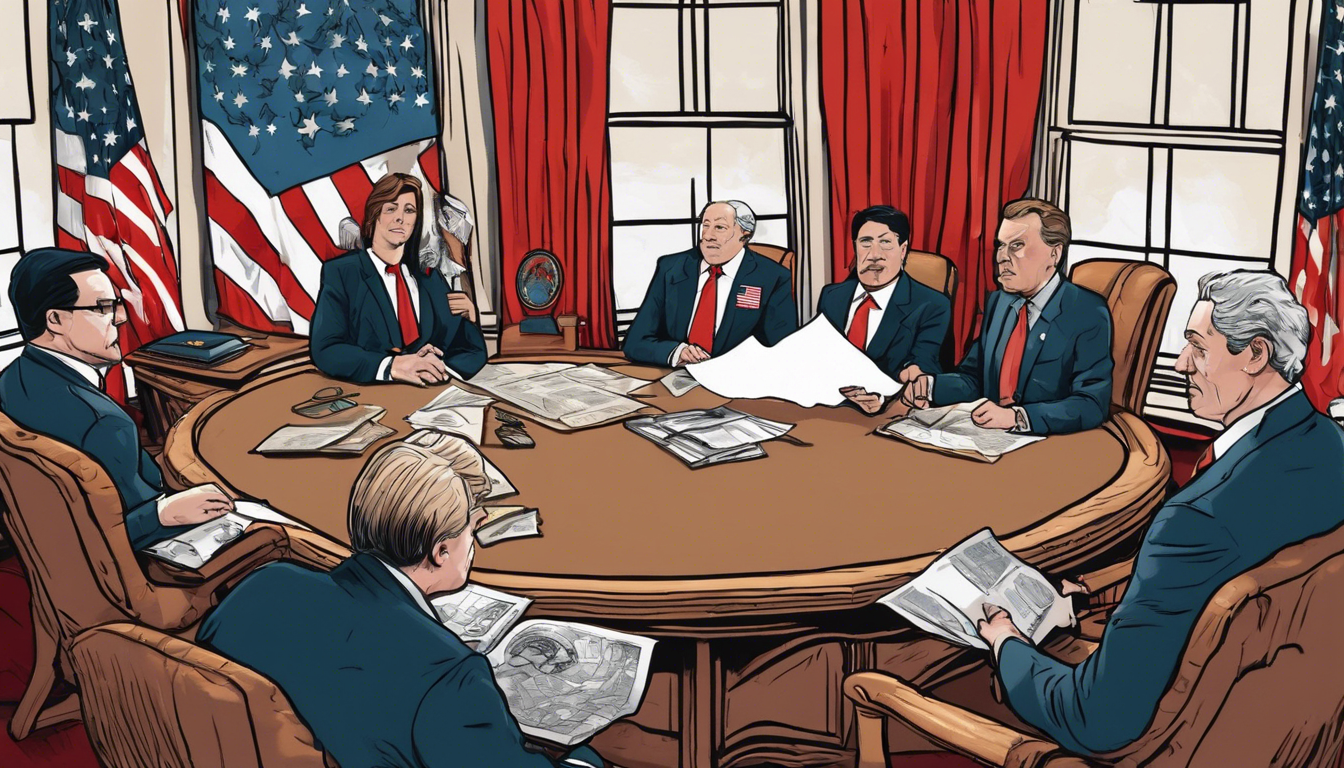On January 20, 2017, President Donald Trump took office and immediately set the tone for his administration with bold economic strategies aimed at addressing pressing issues such as drug trafficking and illegal immigration.
One of the most significant moves he proposed was the imposition of extensive tariffs on imports from Canada, Mexico, and China.
These tariffs, which he planned to implement from day one, were not just economic measures; they were a clear message to the international community about U.S.
priorities under his leadership.
This article explores the specifics of Trump’s tariff plans, their potential implications for trade dynamics, and the broader impact on U.S.
relations with these key nations.
Key Takeaways
- Trump plans to impose a 25% tariff on Canada and Mexico to curb drug trafficking and immigration issues.
- A 10% tariff will be implemented on imports from China, targeting its alleged role in drug shipments to the U.S.
- The proposed tariffs could disrupt global supply chains and have significant economic ramifications for businesses trading with Canada, Mexico, and China.
Overview of Trump’s Tariff Plans
In his recent statements, President-elect Donald Trump has outlined a bold approach to international trade, particularly concerning Canada, Mexico, and China.
On his first day in office, Trump plans to impose a 25% tariff on goods imported from Canada and Mexico, linking these tariffs to the urgent issues of drug trafficking and illegal immigration.
This significant measure aims to pressure both neighboring countries to step up their efforts in curbing the influx of drugs, such as fentanyl, and controlling illegal migration.
Trump emphasizes that these countries not only possess the capabilities to address these challenges but will also face economic repercussions until tangible actions are taken.
Moreover, a 10% tariff on all Chinese imports is on the agenda, targeting what Trump describes as China’s complicity in drug trafficking to the United States.
He has criticized Chinese leaders for failing to enforce strong penalties against drug traffickers, highlighting a lack of follow-through on previous commitments.
The proposed tariffs are poised to create disruptions in global supply chains, significantly impacting businesses that rely on trade with these countries.
As consumers, the ripple effects of these tariffs could mean higher prices for imported goods and the potential for reduced availability of certain products in the market.
Potential Impacts on Trade and Relations
As President-elect Trump charts a contentious path forward, consumers should be prepared for the potential ramifications of his tariff proposals.
The implementation of a 25% tariff on goods from Canada and Mexico could lead to increased retail prices on a variety of consumer products, from electronics to groceries, as importers pass on the costs to shoppers.
Additionally, the broader implications of a 10% tariff on Chinese imports may create significant inflationary pressures in the U.S.
market, impacting everything from clothing to home goods.
Essential items could see reduced availability due to disrupted supply chains, leading to longer wait times and potential shortages in stores.
Furthermore, American businesses that import these goods will have to navigate complex new tariffs and trade regulations, which could limit their ability to provide efficient service and maintain competitive pricing in the marketplace.
For consumers, this means staying informed and adjusting purchasing habits as the landscape of goods evolves under the influence of these trade measures.











